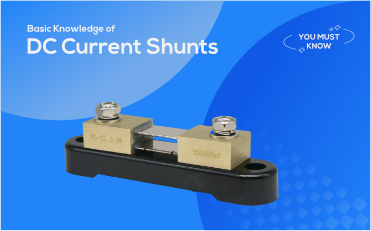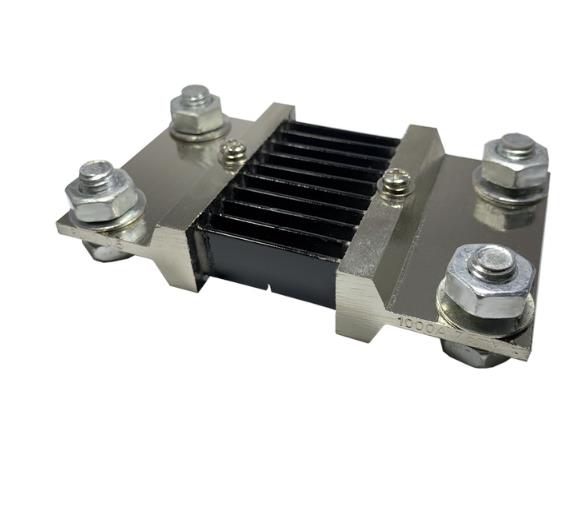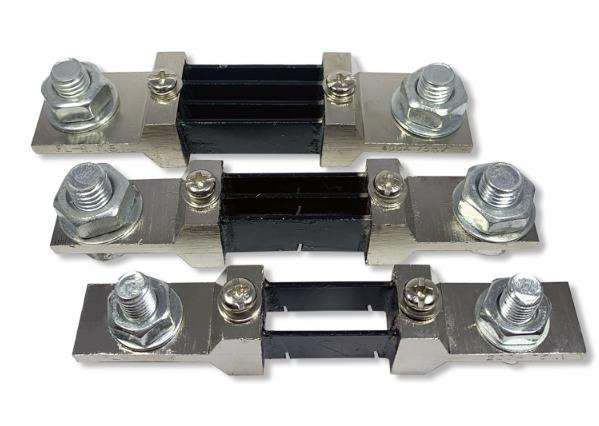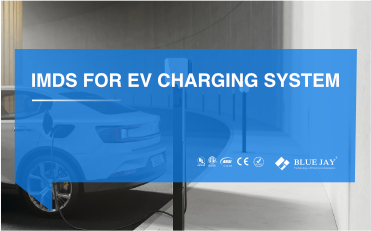
Dehumidification mode of cabinet Dehumidifier
The dehumidification mode of cabinet dehumidifiers defines the fundamental

What do you know about DC current shunts? This article will introduce you from defination, working priciple, installation, uses, accurancy and apllication.
A DC current shunt is an electrical component used to split an input DC current into two or more outputs of different amperages. It usually consists of components such as resistors, capacitors, or inductors, and uses specific circuit connections.
The main function of the DC current shunt is to distribute the current to different circuits according to a certain ratio. Different current distribution schemes can be realized by changing the values or connections of the components in the shunt. For example, if multiple electronic devices need to be powered in one circuit, a DC shunt can be used to divide the incoming current into several outputs of different strengths to meet the power needs of each device.
DC current shunts can also be used to provide power supplies of different amperages. By adjusting the value of the components in the shunt, the output of different current ranges can be realized. This is very useful in the testing and debugging of electronic equipment and can provide the required current as needed to ensure the normal operation of the equipment or test its current withstand capacity.
DC current shunts usually consist of a supply voltage and multiple shunt resistors. When the supply voltage is applied across the shunt, according to Ohm’s law, current will flow from the supply through the circuit. However, due to the existence of the shunt resistors, the current will be divided according to the resistance value of each shunt resistor.
Kirchhoff’s law states that the sum of currents entering and leaving a node at a node is zero. In a DC current shunt, each shunt resistor is connected to a common node. Therefore, according to Kirchhoff’s law, the sum of all currents entering a node is equal to the sum of all currents leaving a node.
According to this principle, the following formula can be derived to calculate the current in each shunt resistor in the shunt:
I1/R1 + I2/R2 + … + In/Rn = I
Wherein, I1, I2, …, In are the currents in each shunt resistor in the shunt, R1, R2, …, Rn are the resistance values of each shunt resistor, and I am the total current in the entire circuit.
According to this formula, different current distributions can be realized by selecting different shunt resistance values. A larger shunt resistance will cause less current to pass, while a smaller shunt resistance will cause more current to pass.
A DC splitter is an electronic device used to distribute DC power to multiple circuits. The following are brief steps to install and use a DC shunt:
The above are the basic steps for using a DC current shunt. Note that installing and using electronic equipment requires extensive experience and specialized skills. If you are unsure how to properly install or use a DC shunt, seek professional help.

A DC shunt is an electronic device used to split an input current into two or more different output currents. Its accuracy depends on its design and manufacturing quality. In general, DC current shunts can be very accurate, but it also depends on the characteristics of the components used and the circuit.
During the design and manufacturing process, several factors need to be considered to ensure the accuracy of the DC Current shunt. The first is the precision and stability of the components used. The choice of components will directly affect the accuracy of the shunt. High-quality components can provide more accurate and stable output.
Secondly, the process and layout of the circuit design will also affect the accuracy. A good layout and circuit design can reduce noise and errors and improve the accuracy of the shunt. In addition, some advanced technologies, such as automatic calibration and compensation technology, can also improve the accuracy of the shunt to a certain extent.
In addition, quality control during the manufacturing process is also very important. Manufacturers need to tightly control the parameters and variables in the manufacturing process to ensure consistent accuracy from shunt to shunt. Quality control includes component testing, circuit testing, and full testing of the final product.
Finally, the usage environment will also affect the accuracy of the DC current shunt. Environmental factors such as temperature, humidity, and electromagnetic interference can affect the accuracy of the shunt. Therefore, these factors need to be considered and controlled when using shunts to ensure that accuracy is not compromised.

DC current shunts have many applications. Here are some common applications:

The dehumidification mode of cabinet dehumidifiers defines the fundamental

Insulation Monitoring Device (IMD) is the key technical core

Power metering is the foundational engine of data center




